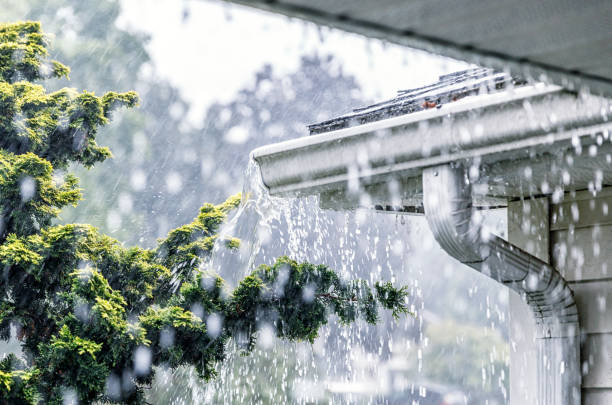
Gauteng’s rainy season is currently in full swing, with certain parts of the province having experienced severe thunderstorms, heavy downpours, and flooding over the last few weeks. These conditions are expected to continue and could potentially result in damage to public infrastructure, vehicles and properties.
Shakeel Ebrahim, Head of Operations at Standard Bank Insurance says that South Africans witnessed the destruction and devastation that came as a result of extreme rainfall and flooding that struck the KwaZulu-Natal in April this year. With the potential effects of extreme weather events in mind, South Africans residing in areas that experience heavy rainfall this time of year should consider the impact this can have on their most valuable physical assets.
Standard Bank saw a 154% increase in home-related insurance claims between October 2021 and April this year, while vehicle-related claims increased by 21%% over the same period. Claim volumes increased in part because of the KZN natural disaster but we have also seen an increase in claims as it relates to storms outside of the disaster.
Ebrahim says consumers should be particularly proactive regarding home and vehicle inspections, even if their properties and vehicles survived the previous wet season. “In addition to checking your roof for damage, clearing your gutters, and changing your wipers regularly, here are some additional pointers that will help you prepare for the unexpected.”

Prepare for windy conditions
Water isn’t your only worry during the rainy season ─ wind can also harm your property and vehicle, as in the case of falling trees or poorly maintained carports. The main weak spots of a house are the garage, windows, doors, and roof, and they could experience substantial damage during a windstorm if they are in poor shape. Roofs are particularly vulnerable to damage during heavy gusts. Regularly check your house and garage for these potential weak spots and take prompt action to fix them. Secure anything outside your house that can blow away, like patio furniture, trash cans, etc. Remove anything from the area around your house that could blow into glass patio doors or windows.
It is important to shelter your car from the wind and rain, so whenever possible, park your car in a closed garage. But if this isn’t possible, consider investing in a low-cost but sturdy vehicle carport and ensure that your car is adequately insured.
Check all electricity components and connections
Unexpected thunder and lightning storms that can harm your home’s electrical systems go hand in hand with the wet season. Installing plugs to prevent lightning-induced power surges will dramatically lower the possibility of a house fire, giving you peace of mind.
You should also ensure your home’s electrical wiring is safely connected. Consult a licensed electrician to inspect all the wiring and electrical circuits on your property to protect it against water leaks.
Monitor plants and trees close to your home
Avoid planting trees and shrubs that will encourage soil erosion. Deep-rooted vegetation has the potential to break or harm subsurface pipes. Although well-maintained trees and plants are less likely to harm your home or vehicle, trees can still do significant damage during heavy rain and storms.
High winds and loose branches are a terrible combination – especially if your car is parked outside. Make sure the trees on your property that tower over your home, or the areas where cars are parked, are solid and free of any loose branches that could easily break during a storm or heavy rains, to prevent and minimise damage.
Check for cracks and openings before the rainy season starts
Before the rain starts falling in your neighbourhood, check those potential tricky spots where moisture is likely to get through and cause serious damage in the form of, for example, water mould appearing around window or door frames.
Because wood is easily damaged over time and may no longer seal as well as it once did, ensure that wind and moisture won’t further harm it, and that water cannot enter the structure. Make sure to thoroughly inspect walls and foundations for any cracks and fill them as soon as possible. The same applies to your window frames’ grouting, so check that rain driven against them by strong winds can’t get through.
It’s best not to take chances when it comes to safeguarding your home and vehicles. Your best port of call is to take the necessary precautions and ensure that you are adequately covered by insurance for water, hail, and storm damage caused by the rainy season. To protect what matters, it might be a good idea to get in touch with your insurer to review your policy, so you are adequately covered.





